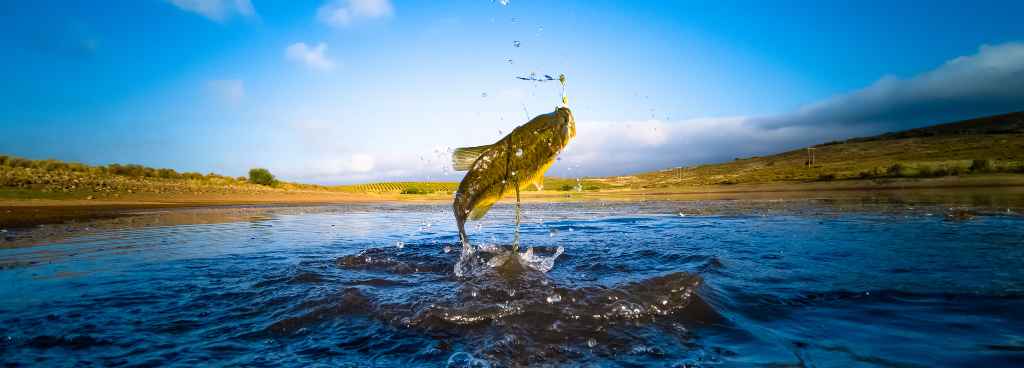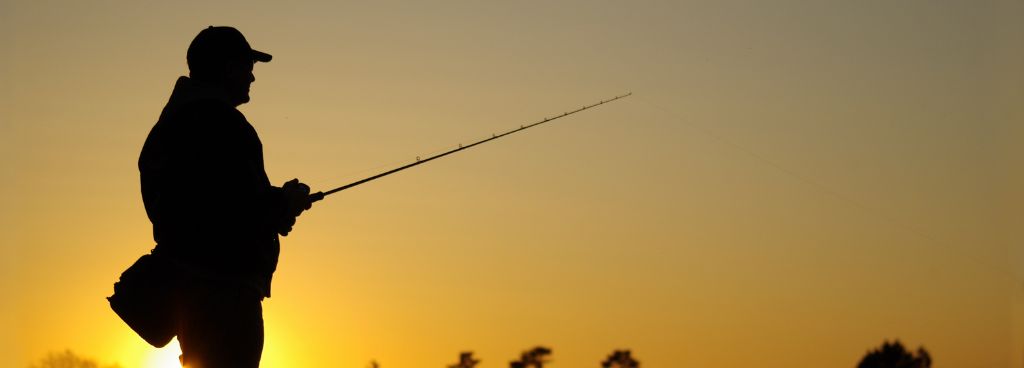Stories Worth Reeling In...
Last Updated on September 21, 2023
Hey there, fellow fishing enthusiasts! Are you curious about the mysterious relationship between barometric pressure and bass fishing? Well, hold on to your fishing rods because we’re about to embark on an exciting journey to unravel the hidden connection between these two factors.
Barometric pressure plays a significant role in the world of fishing, and understanding its impact can greatly improve your chances of reeling in that prized bass.
But first, let’s take a moment to acknowledge the importance of barometric pressure and how it influences the behavior of our elusive bass friends.
Table of Contents
Okay, let’s break it down in simple terms. Barometric pressure refers to the weight of the air pressing down on the Earth’s surface. Just like you feel pressure on your skin when you dive deep underwater, the air around us also exerts pressure. This atmospheric pressure is what we call barometric pressure.
Now, you might wonder, how do we measure this barometric pressure? Well, meteorologists use a device called a barometer to measure it. The barometer helps them determine if the pressure is high or low.
Now, here’s where things get interesting for us fishing enthusiasts. Just as barometric pressure affects the atmosphere and weather, it also has a noticeable impact on fish behavior, including our beloved bass.
When there are changes in barometric pressure, fish, including bass, can sense these variations. It’s like they have a built-in barometer of their own! These changes in pressure can trigger different responses in fish, altering their feeding patterns, activity levels, and even their preferred depth in the water.
When it comes to bass fishing, understanding how barometric pressure affects their feeding patterns is crucial for a successful angling experience. You see, changes in barometric pressure have a direct impact on the feeding behavior of bass.
Why do bass tend to be less active during periods of high pressure?
During periods of high barometric pressure, the bass often becomes a bit lethargic and less active. The increased atmospheric pressure seems to put a damper on their enthusiasm for chasing after prey. It’s as if they’re feeling a bit sluggish and less inclined to expend energy on hunting.

how high pressure affects the movement and positioning of the bass?
High barometric pressure can affect the movement and positioning of bass in the water. They tend to seek shelter in deeper areas or hide among structures, such as submerged logs or vegetation, where they feel more protected. This behavior makes them a bit trickier to locate and entice with your lures.
Conversely, when the barometric pressure drops, bass tend to become more active and eager to feed. The lower pressure seems to energize them, making them more willing to chase down prey and strike at lures. It’s during these low-pressure periods that your chances of landing a big bass can significantly increase.
How low pressure affects the feeding and foraging habits of bass?
Low barometric pressure can also impact the feeding and foraging habits of bass. They may become more opportunistic, venturing into shallower waters and patrolling areas with abundant food sources. This presents an excellent opportunity for anglers to target these hungry basses and entice them with a well-presented bait or lure.
Fish with large swim bladders, such as trout and salmon, are more sensitive to variations in barometric pressure.
When faced with high barometric pressure, it’s important to adjust your fishing approach to entice that more reluctant bass. Here are some tips to help you navigate these conditions:
To increase your chances of success during high-pressure situations, consider using the following:

When the barometric pressure drops and bass become more active, it’s time to capitalize on their increased feeding behavior. Here are some tips to make the most of these low-pressure conditions:
To take advantage of the increased bass activity during low-pressure periods, consider using the following:
Pay attention to the barometric pressure before your fishing outings and adjust your strategies accordingly. Adapt your lure selection, retrieve speed, and fishing locations to cater to the specific barometric conditions. Remember, there are no hard and fast rules, and each fishing situation is unique. Embrace the flexibility to experiment and fine-tune your approach based on the behavior of the bass and the prevailing barometric pressure.
So, my fellow anglers, as you head out to the water, take a moment to consider the barometric pressure and its potential impact on bass fishing. Use this newfound understanding to your advantage, and may it lead you to more exciting fishing adventures and greater success in landing that trophy bass. Tight lines and happy fishing!